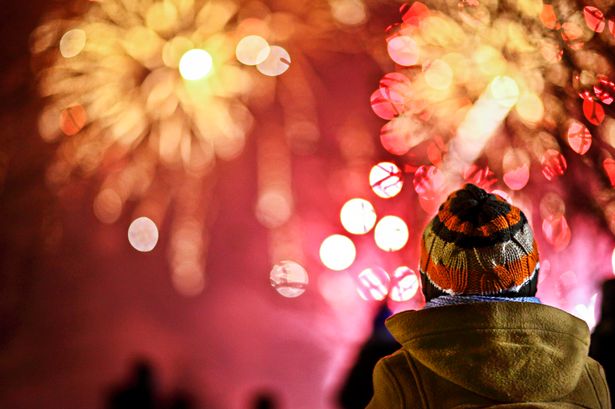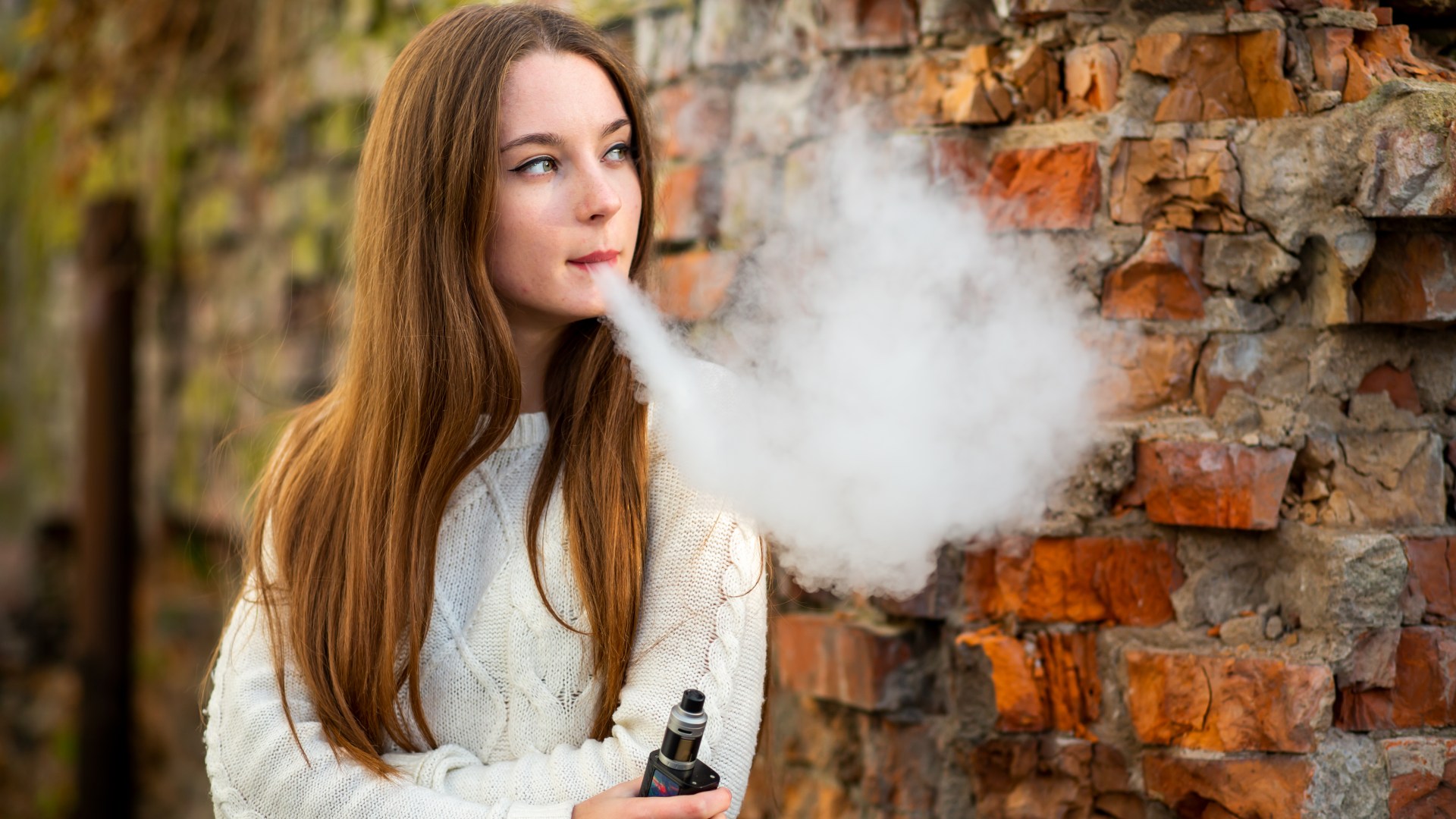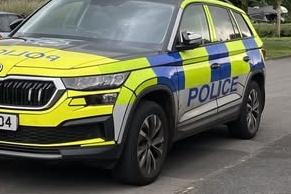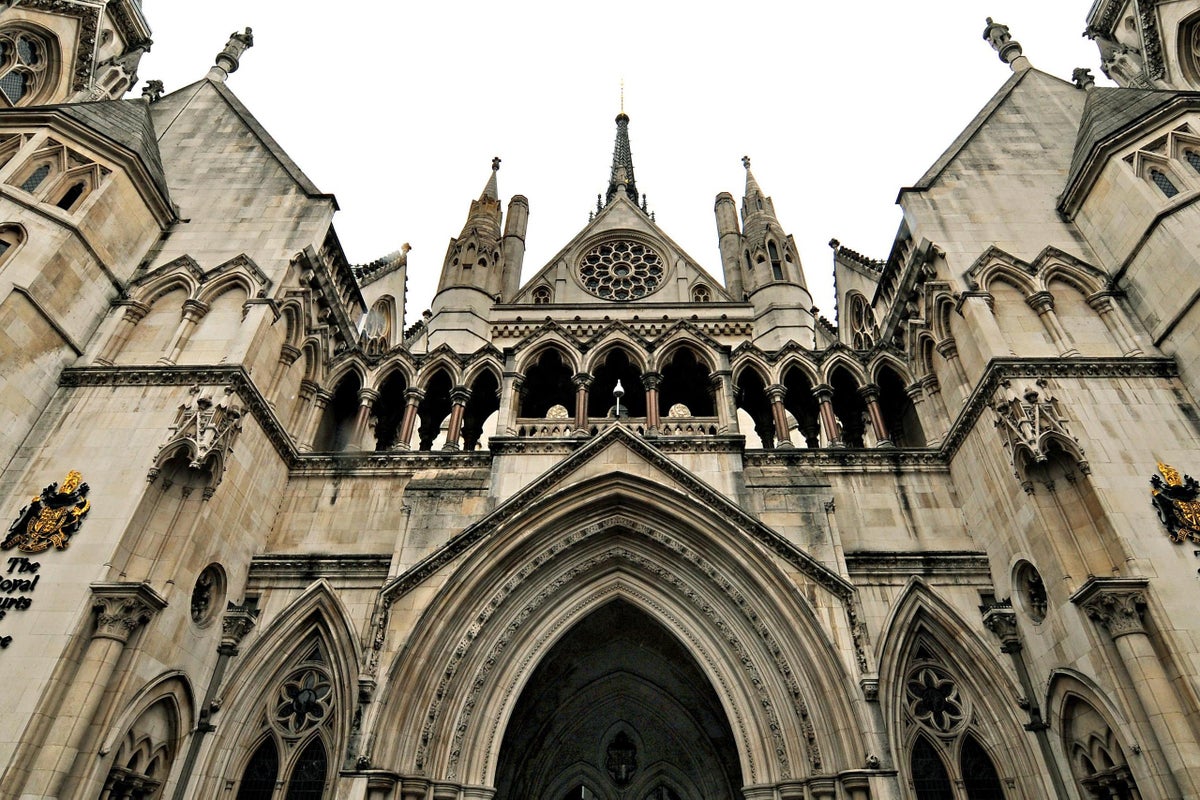As the Guy Fawkes weekend approaches, the National Health Service (NHS) has issued a warning about the potential for firework-related injuries. During this period, individuals seek information about burn treatment on the NHS website every 30 seconds. The NHS emphasizes the importance of safety at fireworks displays and offers guidance on when to seek professional medical attention for burns.
Each year, thousands of people visit Accident and Emergency (A&E) departments in the UK due to injuries sustained during Guy Fawkes celebrations. Fireworks, firecrackers, and sparklers can reach temperatures high enough to inflict serious damage to skin. The NHS points out that although some burns can be treated at home, assessing the severity of a burn is not always straightforward. They note, “The amount of pain you feel is not always related to how serious the burn is. Even a very serious burn may be relatively painless.”
Types of Burns Requiring Hospital Treatment
The NHS has identified four specific types of burns that should be treated in a hospital A&E department:
1. All chemical and electrical burns.
2. Large or deep burns, bigger than the injured person’s hand.
3. Any burns that result in white or charred skin, regardless of size.
4. Burns affecting the face, neck, hands, feet, joints, or genitals.
These categories highlight the need for immediate professional care for certain injuries.
The NHS advises individuals to follow essential first aid steps in the event of a burn. First, move the injured person away from the heat source and remove any clothing or jewellery near the affected area, including nappies if applicable. If an object is stuck to the skin, it is crucial not to remove it. Cooling the burn with cool or lukewarm running water for up to 30 minutes is recommended, but using ice, creams, or greasy substances like butter should be avoided.
After cooling the burn, it should be covered with cling film, and care must be taken to keep the individual warm without rubbing against the injured area. Pain relief medication can alleviate discomfort, and elevating the affected area may help reduce swelling.
Special Considerations for Children
Children under the age of 10 are particularly susceptible to the severe effects of burns and scalds. The NHS strongly recommends seeking medical attention for young children following such incidents. At the hospital, healthcare professionals will evaluate the size and depth of the burn, clean the affected area, and apply a dressing. In severe cases, skin graft surgery may be necessary.
The NHS also advises that anyone who has inhaled smoke or fumes should seek medical care. Symptoms of smoke inhalation can be delayed and may include coughing, sore throat, difficulty breathing, and facial burns.
For further information on identifying and treating burns, the NHS website provides comprehensive resources. As the Guy Fawkes weekend approaches on November 5, 2023, adherence to safety guidelines can help ensure a safer celebration for all.







